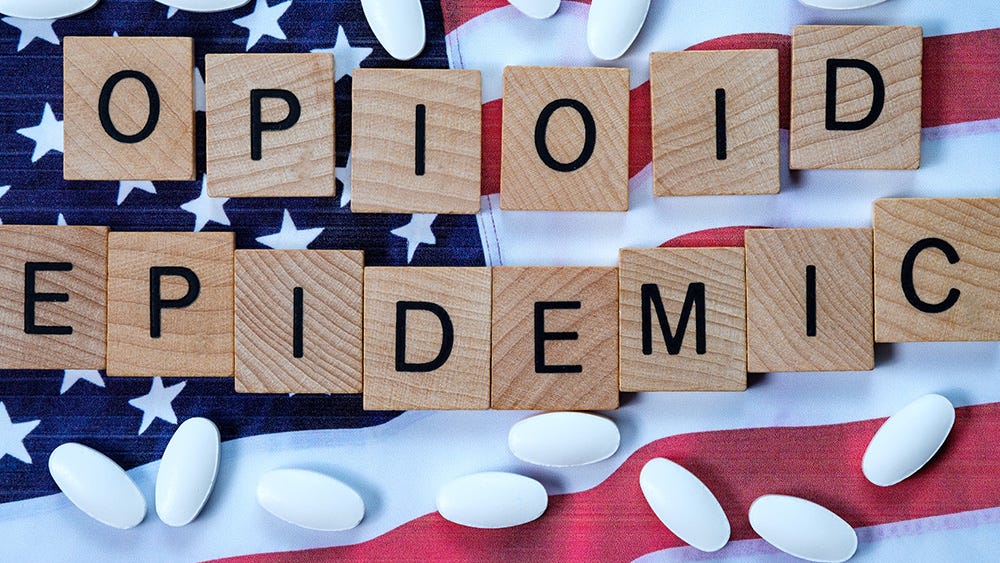President Trump Signs HALT Fentanyl Act into Law
President Trump signs legislation toughening fentanyl-related drug penalties. Unveiling the Chinese Money-Laundering Network Driving America’s Fentanyl Crisis.
By Colin Campo
July 21, 2025
Key Points:
President Trump signed the HALT Fentanyl Act into law, classifying fentanyl-related substances as Schedule I drugs.
The law aims to combat the rise of fentanyl analogues, chemically similar substances designed to evade existing regulations.
It provides law enforcement with additional tools to prosecute fentanyl traffickers and dealers.
U.S. Senator Bill Cassidy’s HALT Fentanyl Act was signed into law Wednesday, July 16, by President Donald Trump. The law defines “fentanyl-related substances” as a schedule 1 controlled substance and allows for research to be conducted on schedule 1 substances.
“Today we strike a righteous blow to the drug dealers, narcotics traffickers, and criminal cartels,” President Trump said. “And we take a historic step toward justice for every family touched by the fentanyl scourge.”
The Halt All Lethal Trafficking of Fentanyl Act defines “fentanyl-like substances” and classifies them as a class 1 drug.
It also creates ways for researchers to study Schedule 1 substances.
Fentanyl manufacturers have become savvy to laws and create drugs that produce the same effect in the human body as fentanyl but are slightly different chemically.
Fentanyl is often mixed with other illicit drugs as a cheaper filler by peddlers, and this has led to many deaths as people overdose on fentanyl, unaware of the amount they are consuming.
A new form of fentanyl is showing up more frequently on the streets of Terrebonne and Lafourche parishes and across the U.S.: pills sometimes disguised as prescription drugs.
“Most of the time, it’s exclusively fentanyl, but over time and depending on what part of the country you live in, we also see what we call fentanyl analogues,” YaleMedicine.org explains.
“Those are chemicals similar to fentanyl, but one part of their structure and chemistry is changed. They then have a different name, such as carfentanil or acetyl fentanyl.”
Cassidy’s law attempts to address this by including anything that’s similar in makeup under the definition of fentanyl.
“Unless specifically exempted or unless listed in another schedule, any material, compound, mixture, or preparation which contains any quantity of a fentanyl-related substance, or which contains the salts, isomers, and salts of isomers of a fentanyl-related substance whenever the existence of such salts, isomers, and salts of isomers is possible within the specific chemical designation.” the law states.
It then amends the Controlled Substances Act with special provisions for researchers to conduct research on schedule 1 substances.
According to Cassidy, this gives, “law enforcement one more tool to go against the criminals pushing fentanyl or something that looks like fentanyl.”
The law can be read in full here: https://www.congress.gov/bill/119th-congress/senate-bill/331/text.
Unveiling the Chinese Money-Laundering Network Driving America’s Fentanyl Crisis
100,000 Americans die in drug-related deaths per year, the vast majority from pills cooked with fentanyl, an opioid analog 50 times more potent than heroin.
READ MORE:
Inhaling Fentanyl Could Cause Irreparable Brain Damage
Fentanyl-Related Teen Deaths Triple in 3 Years
Share or comment on this article.
Your support is crucial in exposing fake news and in helping us defeat mass censorship.






